There are many strong arguments to be made in favour of the effectiveness of business fighting poverty. Some of them are that: the best anti-poverty programme is a job; jobs are most likely to be produced by the private sector; companies often pay taxes which support social programmes; and the supply chains of corporations often build communities and strengthen small businesses.
While I am a firm believer in all of these concepts, I am often struck by the difficulties faced by low-income workers who do have jobs in the private sector, live in strong communities and receive certain benefits from governments. The question that often comes to mind for me is: what else can be done to effectively encourage work, help the poor and build upon the progress that is being made by firms that are helping their low-income employees improve their situations?
Broadly speaking, progress has been made at helping low-income workers through the tax code in countries as varied as the United Kingdom, South Korea and the United States. In the US, for example, tax rates are actually negative for working families who make very low amounts of pay. Depending on what state an employee lives in, there may be advantages that accrue through both national and state tax forms. The negative tax rates, on a combined state and national basis, can be equal to or greater than a forty percent advantage to a working family. In other words, if a worker would have received a dollar of pay without the negative tax rate, the worker would receive forty percent more than that and pay, effectively, no state or federal income tax.
The connection back to business in this equation has to do with where employees’ tax forms are completed. In most countries with separate tax forms for employees, the forms are not completed at work. There would naturally be a separation between the workplace and the place where employees completed their tax forms – whether that might be home or a place where professionals prepare the tax form for the workers.
The question we have researched is whether both the employees and the employers aren’t better off when tax forms are completed for free in the workplace. In a research project that lasted over four years at Staples, the business supply company, we organized free and low cost tax service for employees in the US. The result was that employees benefited to the tune of $500, the equivalent of a 3% raise for a low-income worker. Surprisingly, Staples also benefited dramatically. Because of decreased turnover among those who received the service, as compared to those who did not, we were able to show that Staples got back over $5 for every $1 they invested in the programme in the same year that the investment was made. This should be compared to returns of investments that most companies make which simply start being profitable after a third year following an investment. Staples was impressed that we could do five times better for them in one year than they could normally do in three years of other investments, a 15 times improvement.
No doubt, there are unintended consequences of programmes like these. We ran out of volunteers to run some of our programmes. We faced problems with a paid preparer which only improved their services dramatically through government regulation. But, the experiment we completed showed that when effective programmes that raise the take home pay of low-income employees are taken into the workplace, not only do the employees benefit. But, the employers can see improvements in their bottom lines, as well.










